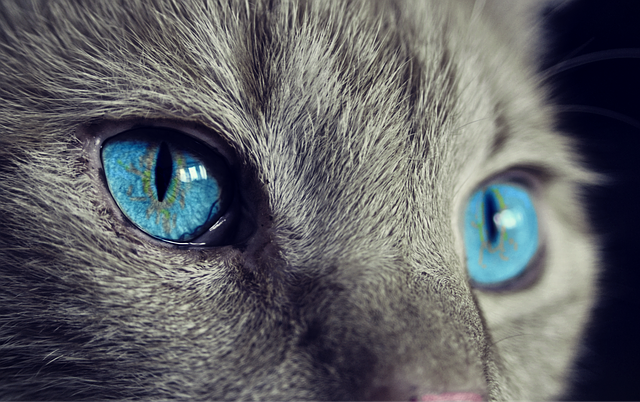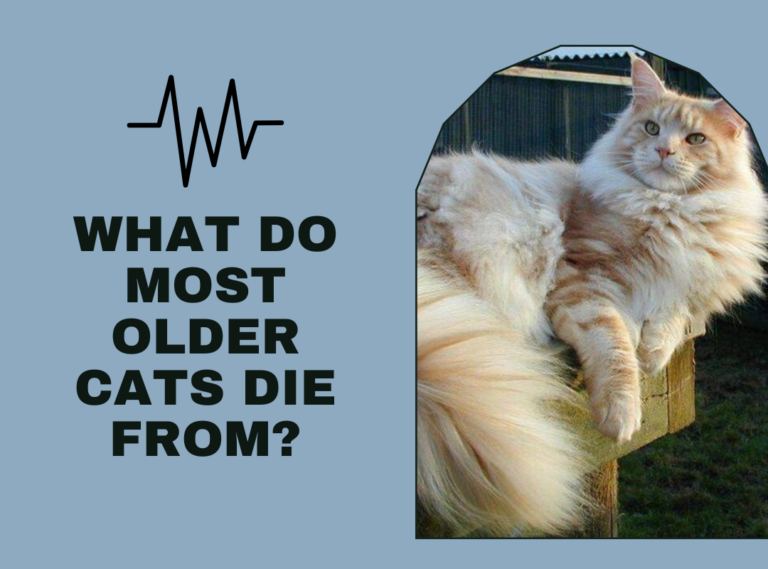Symptoms of Thyroid Disorders in Cats
A thyroid disorder in cats is a common disease.
Any breed of
So let’s learn more about thyroid conditions in cats and take the necessary steps to care for or treat your beloved feline friend before it’s too late.
Here’s everything you need to know about feline hypothyroidism and hyperthyroidism so you can recognize the symptoms and get your
Hypothyroidism and Hyperthyroidism in Cats
The hormones that your
Cats that have undergone surgery or received iodine therapy to treat hyperthyroidism typically develop hypothyroidism. Nevertheless, in a small percentage of cases, malignancy, iodine deficiency, or anomalies of the thyroid gland may be to blame for the illness.
Cats are outfitted with two thyroid glands in their necks, which generate hormones that assist in controlling the metabolism. When a
Signs and Symptoms of Hypothyroidism in Cats
As previously stated, hypothyroidism causes a slowing of the metabolism due to a lack of vital thyroid hormones. This decreased hormone level can cause the following numerous symptoms:
- Weakness
- Cold IntoleranceÂ
- Hair matting
- Constipation
- Neurological changes
- Hair loss
- Weight Gain
- Lethargy
- Mental dullness
- Low body temperature
- Inactivity
Hypothyroidism Diagnosis
In order to diagnose hypothyroidism in cats, it is necessary to take blood samples and subject them to a specialized test known as a thyroid panel. A thyroid panel for cats includes a number of parameters.
A
A blood sample may be used for this extra testing to measure free T4 (not bound to your
In kittens with congenital (by birth) hypothyroidism, X-rays may show bone abnormalities. The skeletal and nervous system of a kitten must develop normally for the thyroid hormone to be present; hence, alterations in these systems occur when the hormone is deficient.
A comprehensive blood count and chemical panel may reveal elevated cholesterol and anemia to your veterinarian. Although these problems are not exclusive to hypothyroidism, noticing them in your
Treatment for Cats with Hypothyroidism
The majority of cats with hypothyroidism won’t need to be treated. A follow-up blood test will be planned to check your
Your
It is important to give your feline friends the right amount of vitamins, minerals, and proteins in order to prevent any internal organ or body ailment or infection. These nutritional supplements can help cats in maintaining a strong immune system, defending themselves against ailments or bacteria that cause infections, and recovering more quickly from an infection.
Check out canadapetcare.com to find all the essential supplements for cats at affordable, discounted costs and to provide them with all the nutritional assistance they need. Also, don’t forget to look through the Supplements, Nutritional, and Vitamins & Minerals category to locate the best products available for providing a long, healthy and happy life to your beloved
Signs and Symptoms of Hyperthyroidism in Cats
Early hyperthyroidism symptoms in cats can be modest and may resemble those of other common
- Increase in appetiteÂ
- Weight loss (with strong appetite)
- Hyperactivity
- Rapid heart rate
- Increased thirst
- Urination disorder
- Vomiting
- Diarrhea
- An unkempt, dull, greasy, or matted coat
- Restlessness
- Behavioral changes
Hyperthyroidism Diagnosis
A vet will perform a physical examination on a
The vet will likely perform a few more tests, such as the following:
1. Thyroid hormone level test
Blood pressure and the
2. A urine test
It’s important to assess overall health, paying close attention to the heart and kidneys in particular, because hyperthyroidism can put a
3. An ultrasound of the heartÂ
Sometimes a
Treatment for Cats with Hyperthyroidism
Cats with hyperthyroidism have a few different treatment options available. Your veterinarian can advise you on the best course of action for both you and your
Options for treatment include:
1. Medication:Â
Anti-thyroid medications can assist in lowering the thyroid hormone production in cats. Most frequently, the remedy is administered as a twice-daily dose that must be continued for the duration of the
2. Radioactive iodine therapy:
This treatment includes injecting iodine directly into your
This treatment is only available at specialized radiotherapy facilities. Cats are kept in the hospital for a little time following the therapy. Due to the radioactive nature of the treatment, the
3. Surgery:
This treatment option entails surgically removing the
4. Dietary Therapy
Some medical studies propose limiting the quantity of iodine in your
Bottom Line
Cats with hyper – or hypothyroidism not only have a lower quality of life, but the illness can also lead to heart failure, blindness, or even death if left untreated. Therefore, it is advised that you immediately take your
Note: This information is not intended as a substitute for professional veterinary advice, diagnosis, or treatment. If you have any concerns whatsoever about your pet’s medical condition, always seek the advice of your veterinarian. If you believe your pet is experiencing a medical emergency, contact your veterinarian or a nearby veterinary emergency center right away.
Read more: What is dexamethasone used for in cats?
About Author
Jesse is an animal lover and a writer on various blogging platforms. She is passionate about pets’ health care and hygiene, helping pet parents take better care of their furry friends. Apart from writing, she enjoys traveling and chilling with her furry companions, Rocco and Marley. You can connect with Jesse on Twitter.






